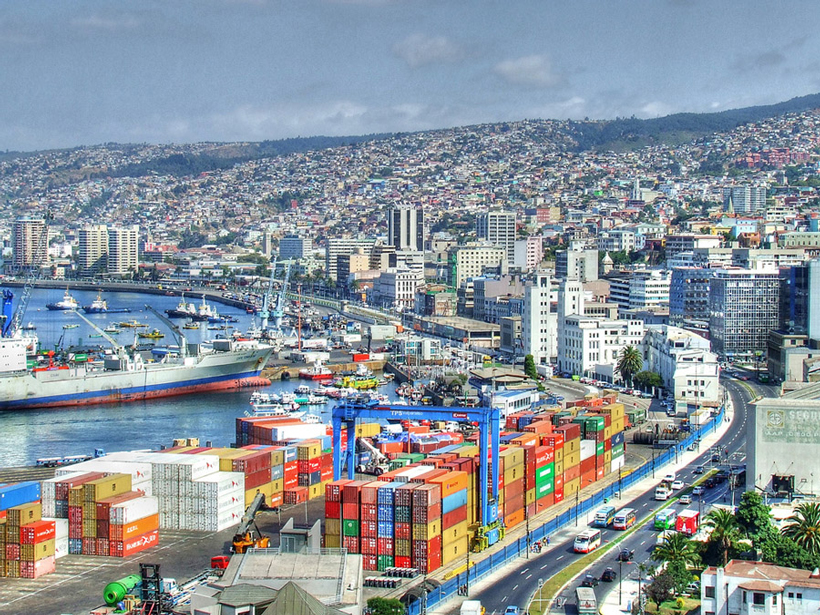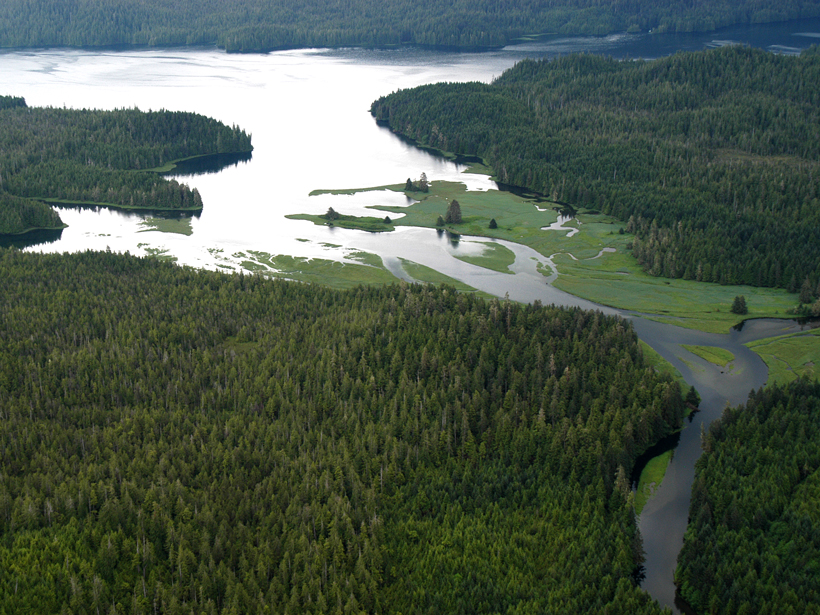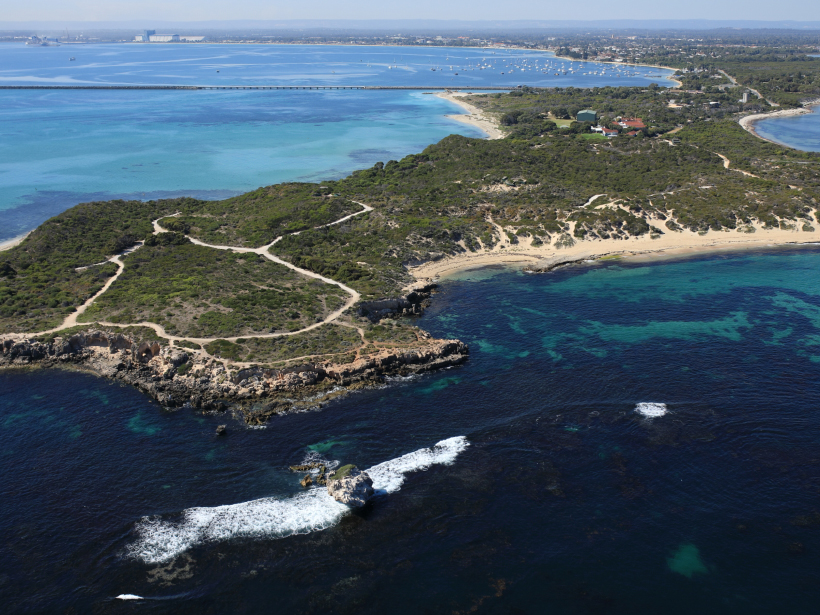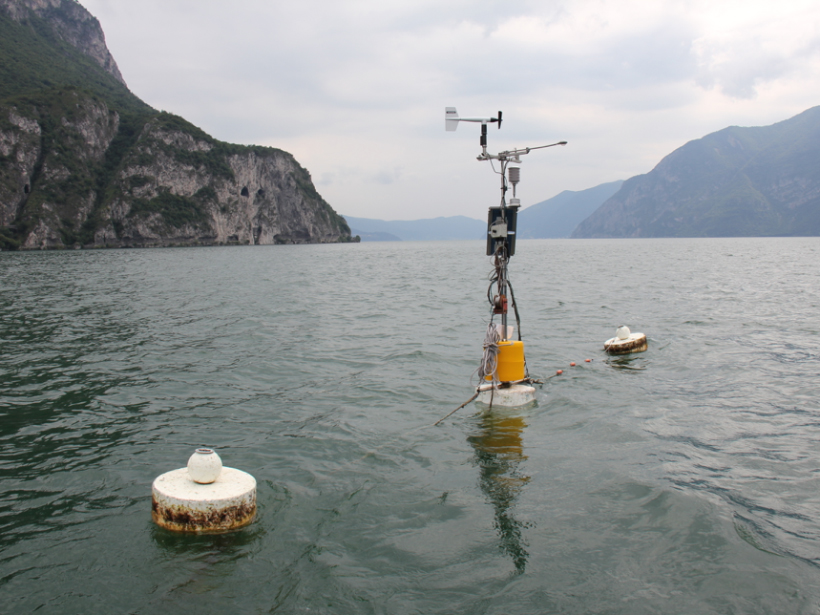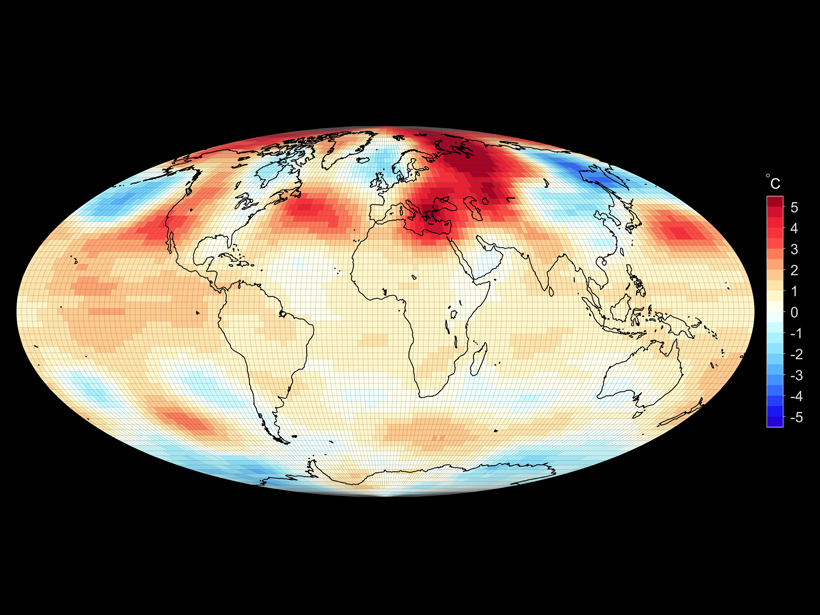A recent article in Reviews of Geophysics describes how a nonlinear approach and the concept of regimes helps our understanding.
Modeling
Storm Model Foresaw Tornado Precursor Hours Before Twister Hit
The experimental Warn-on-Forecast project calculates probabilities of severe weather within at-risk areas smaller than those targeted by current forecasting models.
Tsunami Records Show Increased Hazards for Chile’s Central Coast
Simulations of the historical quake raise new concerns: A similar event in the future could cause a devastating tsunami in Chile’s most populated coastal region.
Quantifying Coastal Rain Forest Carbon Transport
Aquatic Carbon Biogeochemistry of the Pacific Coastal Temperate Rainforest Region Workshop; Seattle, Washington, 7–10 February 2017
Modeling Ocean Waves over Rocky Reefs
A field survey in Australia links rugged seafloor terrain to erosion-causing waves.
Where Are the Electrical Currents in the Enceladus Plume?
A plume of water ice that escapes Saturn’s moon Enceladus should be coursing with electrical currents, but data are mixed. Now simulations suggest that a sticky dust cloud may shield signals.
Contrary Temperature Trend Stalls Upgraded Climate Model’s Debut
Model builders investigate a puzzling malfunction in what’s expected to be the improved next version of the popular Community Earth System Model.
Assessing a New Clue to How Much Carbon Plants Take Up
Current climate models disagree on how much carbon dioxide land ecosystems take up for photosynthesis. Tracking the stronger carbonyl sulfide signal could help.
How Does Wind Push Water?
A new 3-D model shows how wind affects hydrodynamic mixing in a northern Italian lake.
Climate and Other Models May Be More Accurate Than Reported
Replacing a commonly used statistical measure of average error with an alternative measure would give a more meaningful assessment of model performance.



